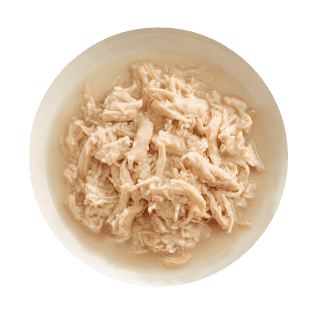Limited, simple, basic...

I'm lucky enough to spend quite a bit of time visiting independent retail stores; whether to hold a demo or just check in with members of the RAWZ family. Whenever I walk in to a store it never fails to amaze me to see the vast array of product offerings! It seems that brands produce new lines or "tweak" existing ones almost weekly. It often appears that the aim of such line extensions is the seeming nutritional customization for pets.
While true that some pets have specific food allergies or sensitivities, and because of life stage or activity level benefit from some dietary tweaks; in almost all cases any such adjustment is most effectively made through supplementation. RAWZ is carefully formulated to be nutritionally complete for pets of all life stages and all breeds! The relative instability of supplemental health ingredients (see our post on Pre and Probiotics 7/17) actually limits their effectiveness when added to a foods' formula by the time of consumption.
This lack in effectiveness of packing pet food recipes with added ingredients is just one of the things that gets me about these products; now about their names...Keeping in mind that I'm not a food nutritionist or medically trained professional, I have a hard time of seeing the number of ingredients on some of these diets designed for sensitive pets be labeled with names indicating simplicity! This is when I'm reminded by my father (which I often interpret as "being told I'm wrong") that the idea behind such formulas is to limit the animal protein to a single source and most of the listed ingredients are microlevels of vitamins and minerals needed to make a complete diet. In actuality, while grains can cause skin irritation and GI problems, a true allergy occurs because a pets' digestive system misidentifies a protein as a harmful invader rather than a food source, responding with protective measures: Such measures while intended to protect the animal manifest as adverse conditions such as GI distress or dry, itchy skin.
So while an allergy test sent to a lab and usually run by a vet is the only way to 100% accurately identify a food allergy, more commonly the elimination diet is a preferred method. The elimination method consists of isolating the protein eaten by an pet to a single animal source while being sure to stop the intake of any other. This can take up to 3 months per trial, but usually the symptomatic improvements are rapid when the allergy causing protein is removed from the diet. With chicken being found to be one of the most frequent allergic protein, RAWZ's Limited recipe Salmon and Duck formulas make rendered-free nutrition an option for more dogs!







